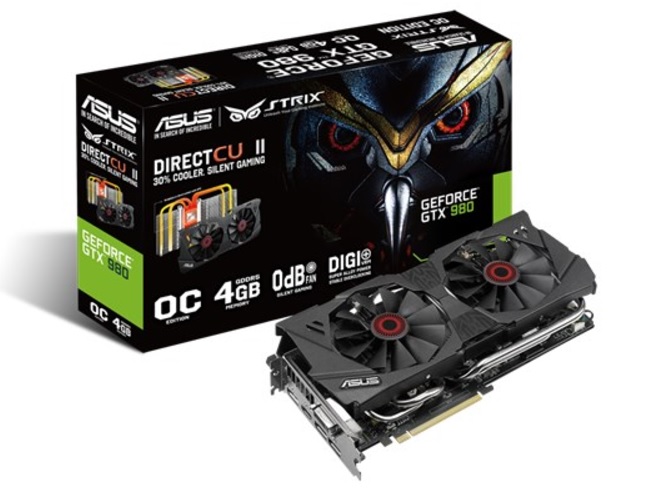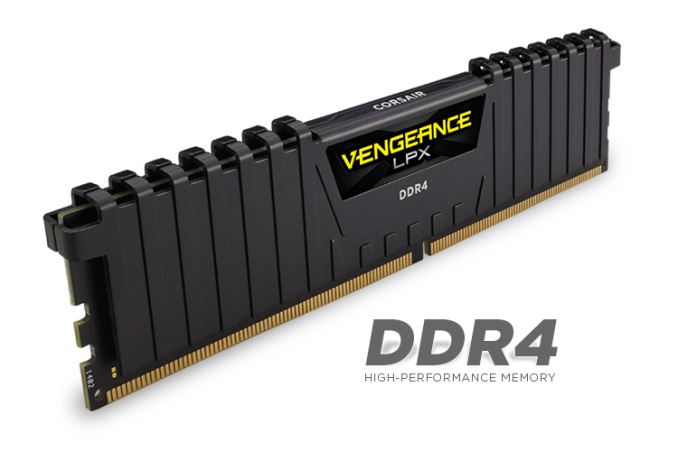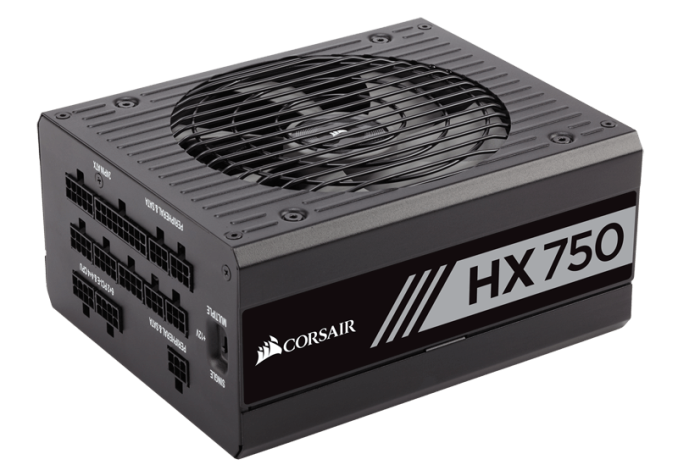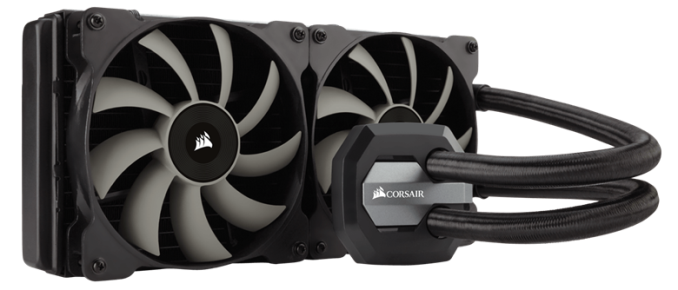The MSI X299 Tomahawk Arctic Motherboard Review: White as Snow
by Joe Shields on November 20, 2017 8:00 AM EST- Posted in
- Motherboards
- MSI
- M.2
- USB 3.1
- X299
- Skylake-X
- Tomahawk
- Tomahawk Arctic
Board Features
The mid-range Tomahawk Arctic brings to the to table a range of features able to satisfy most users. This motherboard gives users 3-Way SLI/Crossfire support, two M.2 slots, a turbo U.2 slot, the Intel I219-V Gaming LAN and an ALC1220 codec. Memory support reaches DDR4-4133+ in quad channel and DDR4-4500 in dual channel.
| MSI X299 Tomahawk Arctic | |
| Warranty Period | 3 Years |
| Product Page | Link |
| Price | Amazon US |
| Size | ATX |
| CPU Interface | LGA2066 |
| Chipset | Intel X299 |
| Memory Slots (DDR4) | Eight DDR4 Supporting 128GB Quad Channel Up to DDR4 4133 (quad channel) or DDR4 4500 (dual channel) |
| Network Connectivity | 1 x Intel I219V GbE |
| Onboard Audio | Realtek ALC1220 |
| PCIe Slots for Graphics (from CPU) | 3 x PCIe 3.0 - 44 Lane CPU: x16/x16/x8 - 28 Lane CPU: x8/x8/x8 - 16 Lane CPU: x8/x4/x4 |
| PCIe Slots for Other (from PCH) | 1 x PCIe 3.0 x4 2 x PCIe 3.0 x1 |
| Onboard SATA | Eight, RAID 0/1/5/10 |
| Onboard SATA Express | None |
| Onboard M.2 | 2 x PCIe 3.0 x4 or SATA |
| Onboard U.2 | 1 x PCIe 3.0 x4 |
| USB 3.1 | ASMedia ASM3142 1 x Back Panel Type-A 1 x Back Panel Type-C 1 x Onboard Header |
| USB 3.0 | 1 x Back Panel (chipset) 3 x Back Panel (ASMedia ASM1074) 2 x Onboard Headers (chipset) |
| USB 2.0 | 3 x Back Panel 2 x Onboard Headers |
| Power Connectors | 1 x 24-pin ATX 1 x 8-pin CPU 1 x 4-pin CPU |
| Fan Headers | 1 x 4-pin CPU 1 x 4-pin Water Pump 4 x System |
| IO Panel | 1 x Clear CMOS 1 x BIOS Flashback+ 1 x PS/2 Mouse/Keyboard 3 x USB 2.0 Type-A 4 x USB 3.1 (5 Gbps) Type-A 1 x LAN (RJ45) 1 x USB 3.1 (10 Gbps) Type-A 1 x USB 3.1 (10 Gbps) Type-C 1 x Optical SPDIF 5 x OFC Audio Jacks |
Outside of its frosty Arctic white appearance, nothing in particular stands out except perhaps the U.2 connectivity and unique approach to cooling the first M.2 slot (via an extension of the chipset heatsink).
Test Bed
As per our testing policy, we take a high-end CPU suitable for the motherboard that was released during the socket’s initial launch and equip the system with a suitable amount of memory running at the processor maximum supported frequency. This is also typically run at JEDEC sub timings where possible. It is noted that some users are not keen on this policy, stating that sometimes the maximum supported frequency is quite low, or faster memory is available at a similar price, or that the JEDEC speeds can be prohibitive for performance. While these comments make sense, ultimately very few users apply memory profiles (either XMP or other) as they require interaction with the BIOS, and most users will fall back on JEDEC supported speeds - this includes home users as well as industry who might want to shave off a cent or two from the cost or stay within the margins set by the manufacturer. Where possible, we will extend our testing to include faster memory modules either at the same time as the review or a later date.
Readers of our motherboard review section will have noted the trend in modern motherboards to implement a form of MultiCore Enhancement / Acceleration / Turbo (read our report here) on their motherboards. This does several things, including better benchmark results at stock settings (not entirely needed if overclocking is an end-user goal) at the expense of heat and temperature. It also gives, in essence, an automatic overclock which may be against what the user wants. Our testing methodology is ‘out-of-the-box’, with the latest public BIOS installed and XMP enabled, and thus subject to the whims of this feature. It is ultimately up to the motherboard manufacturer to take this risk – and manufacturers taking risks in the setup is something they do on every product (think C-state settings, USB priority, DPC Latency/monitoring priority, overriding memory sub-timings at JEDEC). Processor speed change is part of that risk, and ultimately if no overclocking is planned, some motherboards will affect how fast that shiny new processor goes and can be an important factor in the system build.
| Test Setup | |
| Processor | Intel i9 7900X (10C/20T, 3.3G, 140W) |
| Motherboard | MSI X299 Tomahawk Artic (BIOS version 2.3) |
| Cooling | Corsair H115i |
| Power Supply | Corsair HX750 |
| Memory | Corsair Vengeance LPX 4x8GB DDR4 2666 CL16 Corsair Vengeance 4x4GB DDR4 3200 CL16 |
| Memory Settings | DDR4 2666 CL16-18-18-35 2T |
| Video Cards | ASUS Strix GTX 980 |
| Hard Drive | Crucial MX300 1TB |
| Optical Drive | TSST TS-H653G |
| Case | Open Test Bed |
| Operating System | Windows 10 Pro 64-bit |
Many thanks to...
We must thank the following companies for kindly providing hardware for our multiple test beds. Some of this hardware is not in this test bed specifically but is used in other testing.
Thank you to ASUS for providing us with GTX 980 Strix GPUs. At the time of release, the STRIX brand from ASUS was aimed at silent running, or to use the marketing term: '0dB Silent Gaming'. This enables the card to disable the fans when the GPU is dealing with low loads well within temperature specifications. These cards equip the GTX 980 silicon with ASUS' Direct CU II cooler and 10-phase digital VRMs, aimed at high-efficiency conversion. Along with the card, ASUS bundles GPU Tweak software for overclocking and streaming assistance.
The GTX 980 uses NVIDIA's GM204 silicon die, built upon their Maxwell architecture. This die is 5.2 billion transistors for a die size of 298 mm2, built on TMSC's 28nm process. A GTX 980 uses the full GM204 core, with 2048 CUDA Cores and 64 ROPs with a 256-bit memory bus to GDDR5. The official power rating for the GTX 980 is 165W.
The ASUS GTX 980 Strix 4GB (or the full name of STRIX-GTX980-DC2OC-4GD5) runs a reasonable overclock over a reference GTX 980 card, with frequencies in the range of 1178-1279 MHz. The memory runs at stock, in this case, 7010 MHz. Video outputs include three DisplayPort connectors, one HDMI 2.0 connector, and a DVI-I.
Further Reading: AnandTech's NVIDIA GTX 980 Review
Thank you to Crucial for providing us with MX300 SSDs. Crucial stepped up to the plate as our benchmark list grows larger with newer benchmarks and titles, and the 1TB MX300 units are strong performers. Based on Marvell's 88SS1074 controller and using Micron's 384Gbit 32-layer 3D TLC NAND, these are 7mm high, 2.5-inch drives rated for 92K random read IOPS and 530/510 MB/s sequential read and write speeds.
The 1TB models we are using here support TCG Opal 2.0 and IEEE-1667 (eDrive) encryption and have a 360TB rated endurance with a three-year warranty.
Further Reading: AnandTech's Crucial MX300 (750 GB) Review
Thank you to Corsair for providing us with Vengeance LPX DDR4 Memory, HX750 Power Supply, and H115i CPU Cooler.
Corsair kindly sent a 4x8GB DDR4 2666 set of their Vengeance LPX low profile, high-performance memory for our stock testing. The heatsink is made of pure aluminum to help remove heat from the sticks and has an eight-layer PCB. The heatsink is a low profile design to help fit in spaces where there may not be room for a tall heat spreader; think a SFF case or using a large heatsink. Timings on this specific set come in at 16-18-18-35. The Vengeance LPX line supports XMP 2.0 profiles for easily setting the speed and timings. It also comes with a limited lifetime warranty.
Powering the test system is Corsair's HX750 Power Supply. This HX750 is a dual mode unit able to switch from a single 12V rail (62.5A/750W) to a five rail CPU (40A max ea.), and is also fully modular. It has a typical selection of connectors, including dual EPS 4+4 pin four PCIe connectors and a whopping 16 SATA power leads, as well as four 4-pin molex connectors.
The 135mm fluid dynamic bearing fan remains off until it is 40% loaded offering complete silence in light work loads. The HX750 comes with a ten-year warranty.
In order to cool these high-TDP HEDT CPUs, Corsair sent over its latest and largest AIO in the H115i. This closed loop system uses a 280mm radiator with 2x140mm SP140L PWM controlled fans. The pump/block combination mounts to all modern CPU sockets. Users are also able to integrate this cooler into the Corsair link software via USB for more control and options.















21 Comments
View All Comments
Lolimaster - Monday, November 20, 2017 - link
Why buy this when Threaripper X399 is better in every possible way, like more pci-e lane, upgrades for the next 3 years. Modular arch.Lolimaster - Monday, November 20, 2017 - link
You can use ECC out of the box, nvme bootable raid, etc.mkaibear - Monday, November 20, 2017 - link
https://www.anandtech.com/bench/product/1904?vs=19...That's why (note not identical parts because it's a 12 core TR vs an 8 core i7 - but they are as close as I can get in terms of costs). If I went the other way and went with a 10 core i9 vs the 16 core TR then we see roughly the same pattern of behaviour.
Threadripper wins in the multithreaded tests so long as the workload suits it but for the many benchmarks it's per-core speed which is more important than number of cores.
In essence, if your work requires fast cores and quite a few threads then you're better off with the i7 or i9, if it utilizes loads of threads but speed is less important then you're better off with the TR.
So; given that there are obvious use cases for both processors I'm afraid I can't agree that "Threadripper X399 is better in every possible way".
BroderLund - Monday, November 20, 2017 - link
For instance if you look at video encoding. Puget Systems are incredible detailed in their testing. Check out their Skylake-X vs Threadripper articles for both Premiere Pro CC and Davinci Resolve here:https://www.pugetsystems.com/labs/articles/DaVinci...
https://www.pugetsystems.com/labs/articles/Premier...
You can see that thredripper is not "better in every possible way". It really depends what is the most important in the system. RAW cpu power, expandability, multi gpu, multi nvme including multi gpu, raid cards, network cards and so on.
DanNeely - Monday, November 20, 2017 - link
TR can also win if you need the extra PCIe lanes; but with SLI/xFire both slowly dying in the 2 card version and more rapidly in the 3/4 card formats the need for a huge number of lanes is going away for gaming.rsandru - Monday, November 20, 2017 - link
My two 1080Tis are doing just fine, no need to worry :-)eek2121 - Monday, November 20, 2017 - link
Hopefully the BIOS/UEFI on this board isn't as buggy as the X399 board I have. Broken fan profiles, settings corruption over time, etc. all plague my X399 board. This was my first MSI board and it's going to be my last!Joe Shields - Monday, November 20, 2017 - link
The fan I had attached during testing (a DC fan) worked fine throughout the testing period. No settings corrupted over time but, it was only a week or so it was on the test bench.eek2121 - Monday, November 20, 2017 - link
Did you try setting a custom profile in the bios? For my X399 I tried changing the fans to go from 0% to 100% in a range from 40C-66C, the end result is that the fans don't end up turning on at all.Joe Shields - Monday, November 20, 2017 - link
No custom profiles, no. The default set worked.